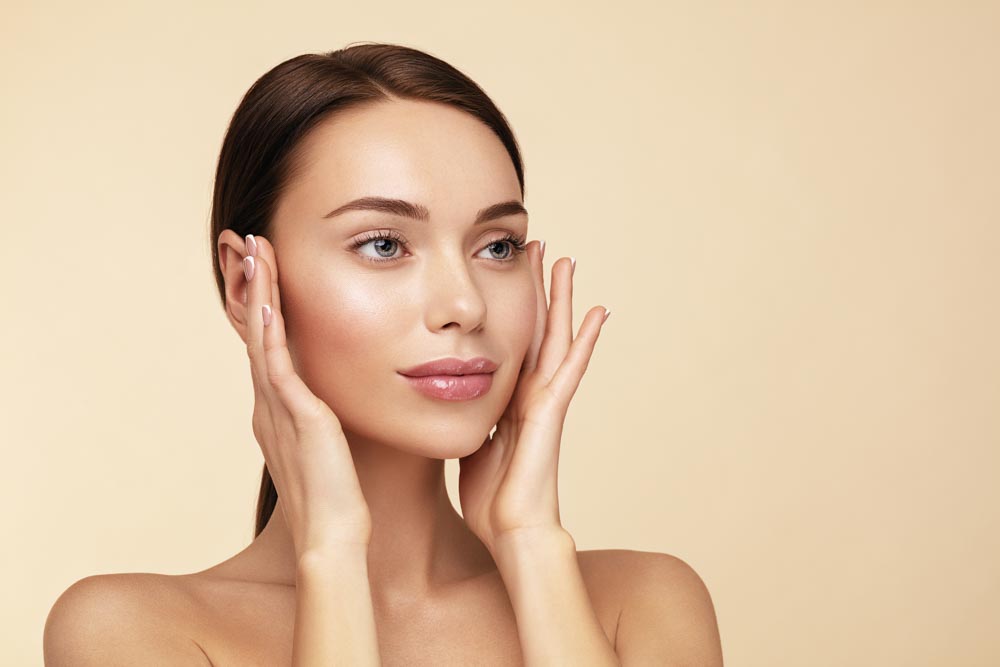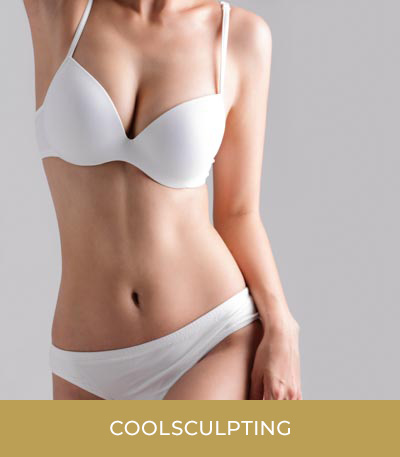If you’ve been thinking about surgery to treat loose skin, Ultherapy might be the non-surgical solution for you. Available at VIDA Aesthetic Medicine, Ultherapy is the only non-invasive procedure that is FDA-cleared to lighten the skin specifically on the neck, brow, chin, and decolletage. This technology uses micro-focused ultrasound in order to temporarily lift and loosen tight skin during multiple treatments. Ultherapy is a proven treatment with a very well-established safety history. Currently available in over 75 countries, over 1.5 million Ultherapy treatments have been performed.
Ultherapy for skin tightening might be relatively new to the aesthetic world, but ultrasound energy has been routinely used for over 50 years. It is the same foundational technology as ultrasounds used during prenatal treatments, but of course those types of visits aren’t meant to tighten loose skin. Ultrasound technology can do a lot, including encouraging the creation of collagen when used in a specific way.
Why Collagen?
Collagen is a protein synthesized by our body that makes our skin look youthful and taut. However, as we get older, our collagen breaks down and doesn’t get created at the same rate. That’s why skin becomes lax and saggy. Ultherapy addresses sagging skin at the deepest level, using ultrasound energy to create a thermal effect below the skin’s surface. This tells the body to kick-start its collagen production once again.
There are other procedures available that tout skin-tightening, but Ultherapy is the only non-invasive procedure using ultrasound technology that stimulates new collagen growth. However, bear in mind that creating collagen isn’t instantaneous, whether it’s happening naturally when we are young or via Ultherapy. Most clients start to see results in two to three months after their treatment, but it isn’t unusual for results to begin to show at six months.
The great news is that the procedure itself is very fast. It typically takes 30 – 90 minutes depending on how many areas are being treated, and there is absolutely no downtime. Another great perk of Ultherapy is that it actually uses similar imaging as the one used in prenatal care, which allows skin care practitioners to see the actual tissue layers. This allows them to perfectly target the desired area and make sure that the energy is being directed where it is most beneficial.
What Can Ultherapy Replace?
One of the most common questions is whether Ultherapy can be an alternative for a facelift. Ultherapy targets the deep, core levels of the skin (similar to surgery), but there is simply no non-surgical treatment that will be as aggressive and yield the exact results as a facelift. However, Ultherapy can be a fantastic alternative for someone who isn’t ready for a facelift yet, wants to delay the need for a facelift, or who simply wants to avoid surgery but still see some beautiful results.
Another question is whether Ultherapy is a solution for the “turkey neck” that becomes so common with age. Ultherapy is designed to treat the neck area, and reducing “turkey neck” is certainly an option. However, keep in mind that this neck imperfection might be caused by both sagging skin and excess fat. Combining Ultherapy with Kybella, an injection that dissolves fat below the chin, might be the best approach for some clients.
Decolletage, or the upper chest area, is another place where we typically first see signs of aging. Currently, Ultherapy is the only FDA-cleared non-surgical treatment approved to address this delicate area. It can reduce lines, wrinkles, and crepe-like appearance in this area, which is exposed when wearing low-cut tops and blouses.
How is it Different than Lasers?
Both Ultherapy and some lasers can help tighten skin. However, Ultherapy uses sound energy (ultrasound) instead of laser or light energy. Sound energy has unique properties that allow it to go past the skin surface to treat deeper areas without causing side effects or damage to the skin’s surface. Lasers and light energy, as well as Ultherapy, can stimulate collagen at the foundational level, but Ultherapy can go deeper than many lasers without requiring any downtime. There are also many lasers that are designed to only treat the top layer of the skin.
Clients also want to know how long the results last, but there’s no singular answer. Everyone is different, and it’s common for results to last one year or longer. Since Ultherapy helps the body create new collagen, it’s impossible to say how quickly this will happen or how long it will last due to our inherently unique natures. Touch-ups are required in order to sustain results.
Learn more about Ultherapy and schedule your complimentary consultation today by filling out the online form or calling VIDA at (503) 399-0021.




